Written by Lorrie Reynolds
Categories
I was impressed by her fancy footwork while she used her arms to keep her balance and avoid stepping on her dog, who had run straight at her yet again after completing three obstacles. Once she was stable she reached down and gave him a treat.
Joanne’s main complaint was that her dog couldn’t stay out along a line of obstacles. He would do two or three obstacles and then run back to her, frequently causing her to have to maneuver to avoid him. She thought he needed better distance training.
As I watched them run the first few exercises, I knew that distance wasn’t the issue.
“How do you usually reward him?” I asked. “We either play tug or I give him treats,” she replied. I asked if she ever threw a toy ahead of him, and she told me that she was taught that more interactive play was a better reward.
Joanne’s dog was running back to her in anticipation of the reward. He had learned that the only place he was rewarded with play or food was in front of her, so he had no motivation to continue on a line.
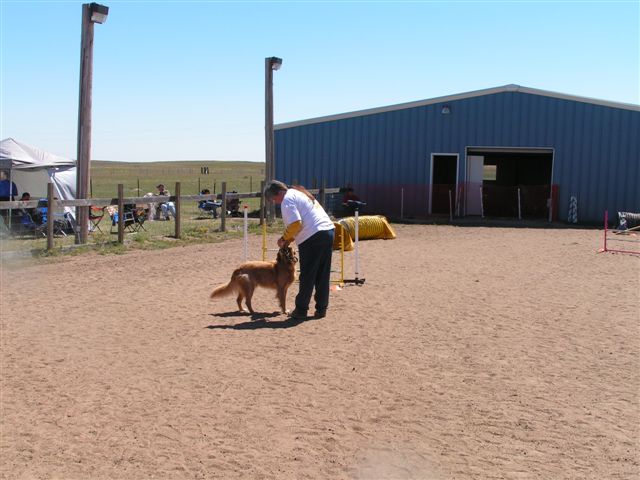
Why Rewarding Your Agility Dog at a Distance Matters
A key concept for working at a distance with your agility dog is rewarding your dog while he is away from you during training. One of the biggest mistakes I see handlers making is sending their dogs out to work at a distance but consistently rewarding from their hands, whether with a toy or food.
If you always reward your dog when he is close to you, he has no motivation to move away and work at a distance.
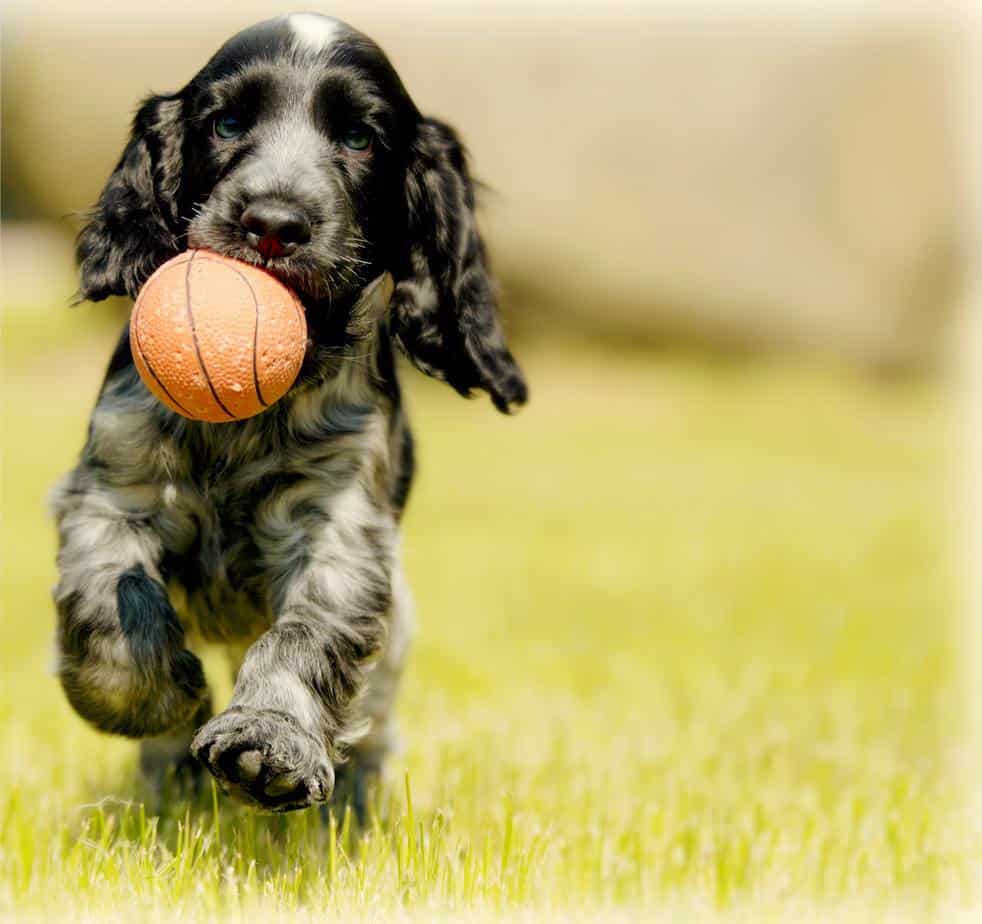
1. Throw a Toy
If you have a dog who is eager to work for toys, it is easy to reward at a distance. You can either throw the toy directly to your dog if he is in a stationary position like the bottom of a stopped contact, or you can throw it ahead of your dog to encourage him to stay out on the path. When he gets the toy, you can meet him halfway to play tug or throw it again.
2. Toss Treats
It takes a little more skill to toss small treats compared to toys, but it can be done! The same principles apply. You can throw directly to the dog if she is in a stationary position, or throw ahead of the dog when you want them to continue to move after the last obstacle in the sequence.
3. Use a Sealed Container or Toy
You can place a sealed container or pouch-type toy at the end of your distance exercise to give your dog something to drive toward. If you use this method, the MOST important thing to remember is to open the container and then step away and let your dog get the treat rather than rewarding from your hand. The purpose of rewarding away is to decouple the reward from you being present so your dog doesn’t always run back to you for a reward.
4. Train With a Partner
If you’re working at greater distances, sometimes it can be useful to have a training partner ready to toss a treat or toy when your dog completes the sequence. They should try to avoid making themselves part of the environmental cues, so avoid standing on the landing side of the final jump or at the bottom of the contact. It is also vitally important that they reward away from themselves so your dog doesn’t start running directly to them whenever they are on the course.
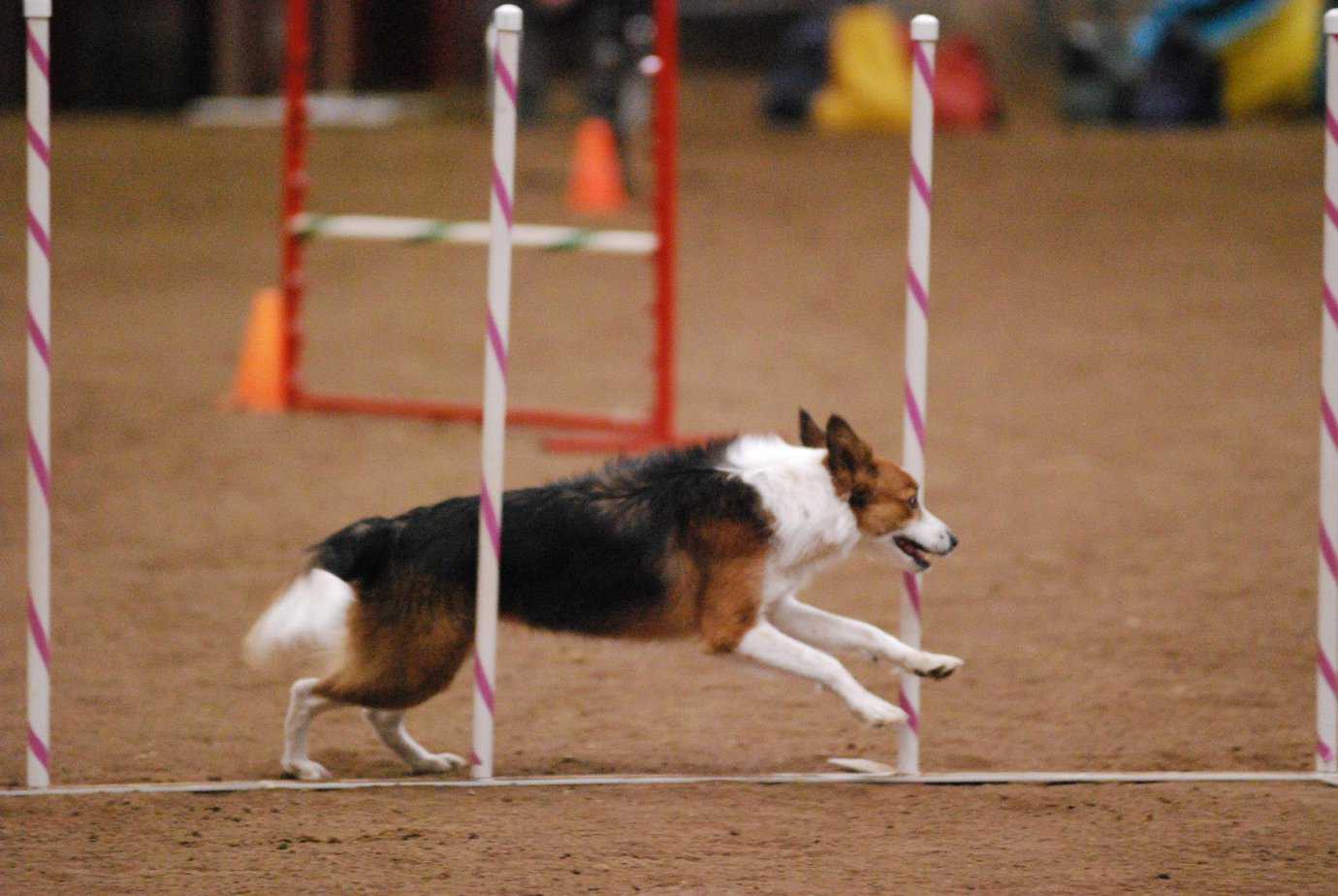
5. Send to a Mark Bucket or Other Target
If you take some time during your foundation training to build a lot of value into a mark bucket or target, you can use it to provide your dog with a destination, and then move close enough to toss a toy or treat to him while he is there. Mark buckets and targets are especially useful for exercises like moving forward in a straight line. You can maintain your position at the beginning of the sequence, send the dog to the mark bucket, and then move forward to reward once the dog is there.
Joanne emailed me a few weeks later. “I just wanted to let you know that it’s working! I haven’t come close to tripping over him at all this week, AND he is starting to move forward and watch for me to throw his tug toy to him at the end. This has been a game-changer for us!”
Today’s Dog Agility Training Tip
Find ways to reward your dog at a distance to encourage him to work further away and not come in after just a few obstacles.
For another great tip about rewards, see the previous article Reward Your Dog for Simple Obstacles and Behaviors.
You Might Also Like…
Five Ways to Crush It at Your Next Dog Agility Seminar
Going to a dog agility training seminar? Check out these five tips to maximize your return on investment!
Read This Before Deciding on Your Agility Dog’s Contact Performance
Which contact performance, running or stopped, is right for your team? The answer might surprise you.
Is Your Agility Dog a Pinto or a Ferrari?
If you’ve moved up from a slow or moderately-fast agility dog to a speed racer, here’s some advice to make your life easier.
Get tips, stories, discounts, and early notification of events and new courses delivered straight to your inbox! Join the community!
Cover photo: Courtesy of Doug Burns
Second photo: Personal photo
Third photo: Pixabay
Fourth photo: Courtesy of Dog Agility Photos for Fun
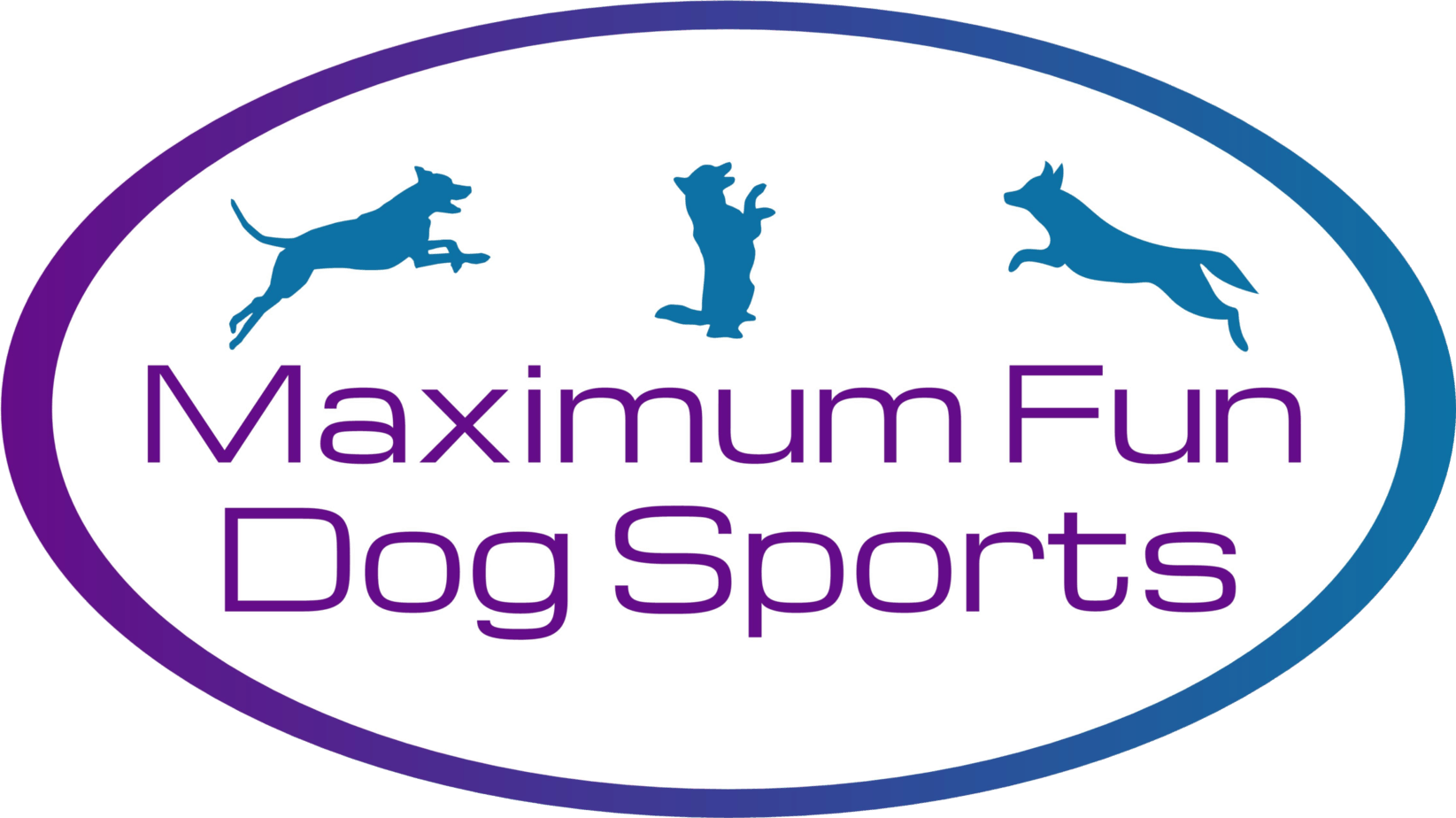
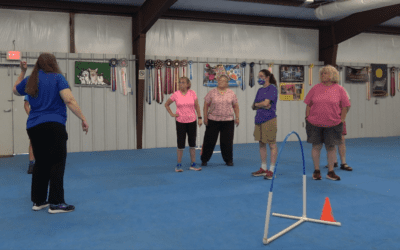
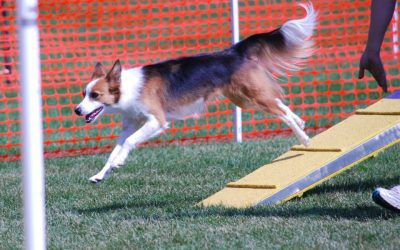
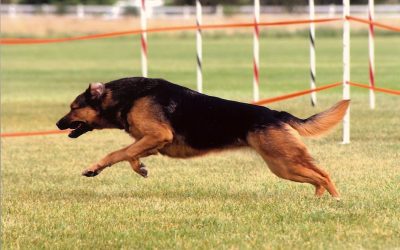
0 Comments